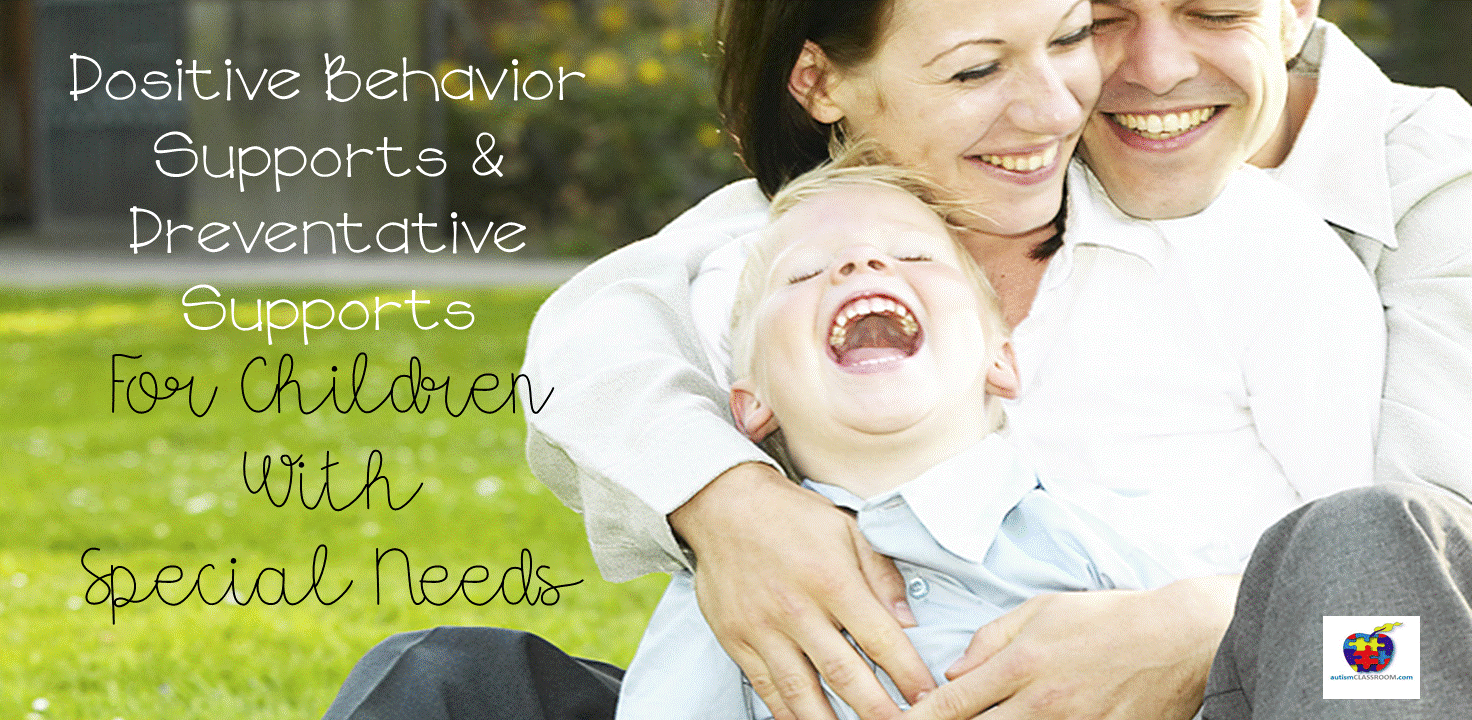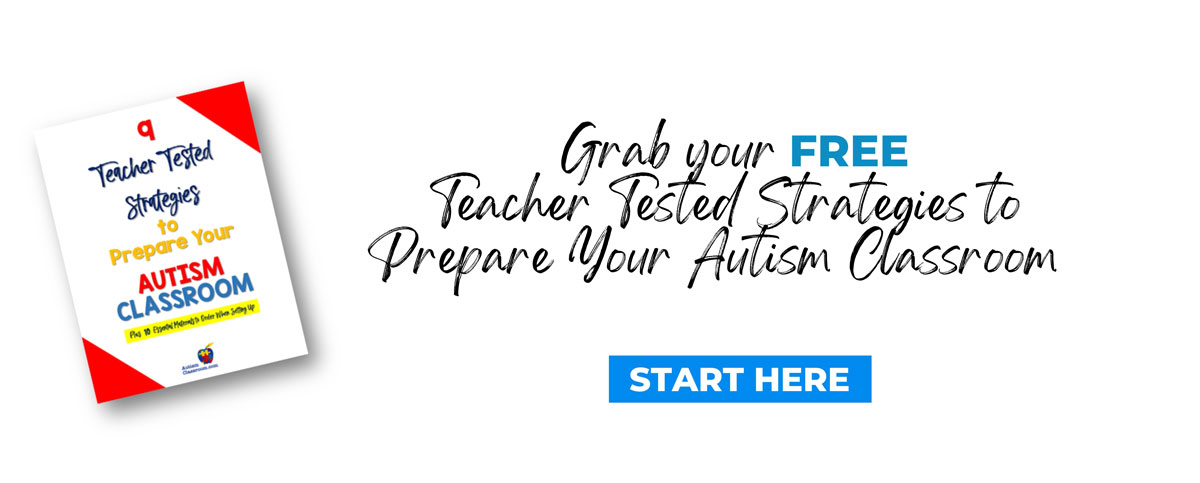Positive Behavior Supports (Know the Characteristics)
There are Several Characteristics of Autism that Could Affect Behavior:
Insistence on sameness; resistance to change
Trouble reading social cues from others
Difficulty in expressing needs; uses gestures or pointing instead of words
Laughing, crying, showing distress for reasons not apparent to others
Tantrums
Sensory differences or sensory avoidances
Unresponsive reactions to typical teaching methods
Unusually strong attachments to objects
Apparent over-sensitivity or under-sensitivity to pain
No real fears of some forms of danger or unrealistic fears of typical events
Noticeable physical over-activity or extreme under-activity
Uneven gross and fine motor skills
Not always responsive to verbal cues
Remember:
Understanding these characteristics should impact the way adults interact with individuals with autism.
Adults should be willing to be flexible and meet the child “half-way.”
Use Preventive Measures to Promote Positive Behaviors in the Classroom:
Class structure
Consistent routines
Pre-made and prepared activities with all materials present
Pre-assigned roles and responsibilities throughout the day
Visually labeled areas of the classroom
Expectations made clear by using symbols or words
Use of visual schedules for various activities
Individualized student schedules to allow for independence and ownership
Investigate More Specific Positive Supports for the School that you can use today!
View Behavior Supports Links:
Functional Behavior Assessments and Behavior Support Intervention Plans e-book (FREE)
Addressing the Challenging Behavior of Children With High-Functioning Autism/Asperger Syndrome in the Classroom: A Guide for Teachers and Parents-(Book). More about this book can be found by clicking on our affiliate link below.



